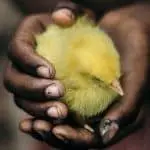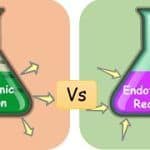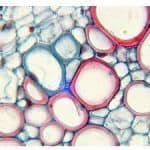Internal fertilization is the process when the syngamy (union of male and female gamete) occurs inside the female body after insemination using copulation. In contrast, External fertilization is the syngamy outside the female body, that is in the outer environment especially in water bodies. Internal fertilization is followed by mammals, birds, while external fertilization … [Read more...] about Difference Between Internal and External Fertilization
Difference Between Archaea and Bacteria
Despite being in the same category of prokaryotes, archaea and bacteria show variances in their genetic makeup, as the metabolic pathways, and other enzymes, genes possessed by the archaea closely resembles eukaryotes rather bacteria. Simple, microscopic, ambiguous microorganisms mark their presence universally, whether its deep in water, high temperature, soil or any … [Read more...] about Difference Between Archaea and Bacteria
Difference Between Endothermic and Exothermic Reactions
We classify the chemical reactions as endothermic or exothermic, depending on whether it is giving energy or taking energy. The endothermic reactions are when the system takes up the energy in the form of light or heat. In contrast, exothermic systems give up heat or light energy as the reaction proceeds. In endothermic processes, reactants possess lower potential energy … [Read more...] about Difference Between Endothermic and Exothermic Reactions
Difference Between Voluntary and Involuntary Muscles
Voluntary muscles or striated muscles are those which work according to the one's desire or are under control, whereas Involuntary muscles are not under one's control. Biceps muscles, respiratory, alimentary and urogenital tracts are the places where voluntary muscles are found, while abdominal muscles, locomotory muscles, middle ear muscles, Diaphragm are the examples of the … [Read more...] about Difference Between Voluntary and Involuntary Muscles
Difference Between Mitochondria and Chloroplast
Mitochondria are known for generating energy for the cell in the form of ATP (adenosine triphosphate) by using nutrients and oxygen. The chloroplast is present in green plants and few algae, they are known as the place, where the process of photosynthesis occurs. In the cell of the eukaryotes, there are only three organelles, which are bounded by the double membrane … [Read more...] about Difference Between Mitochondria and Chloroplast





